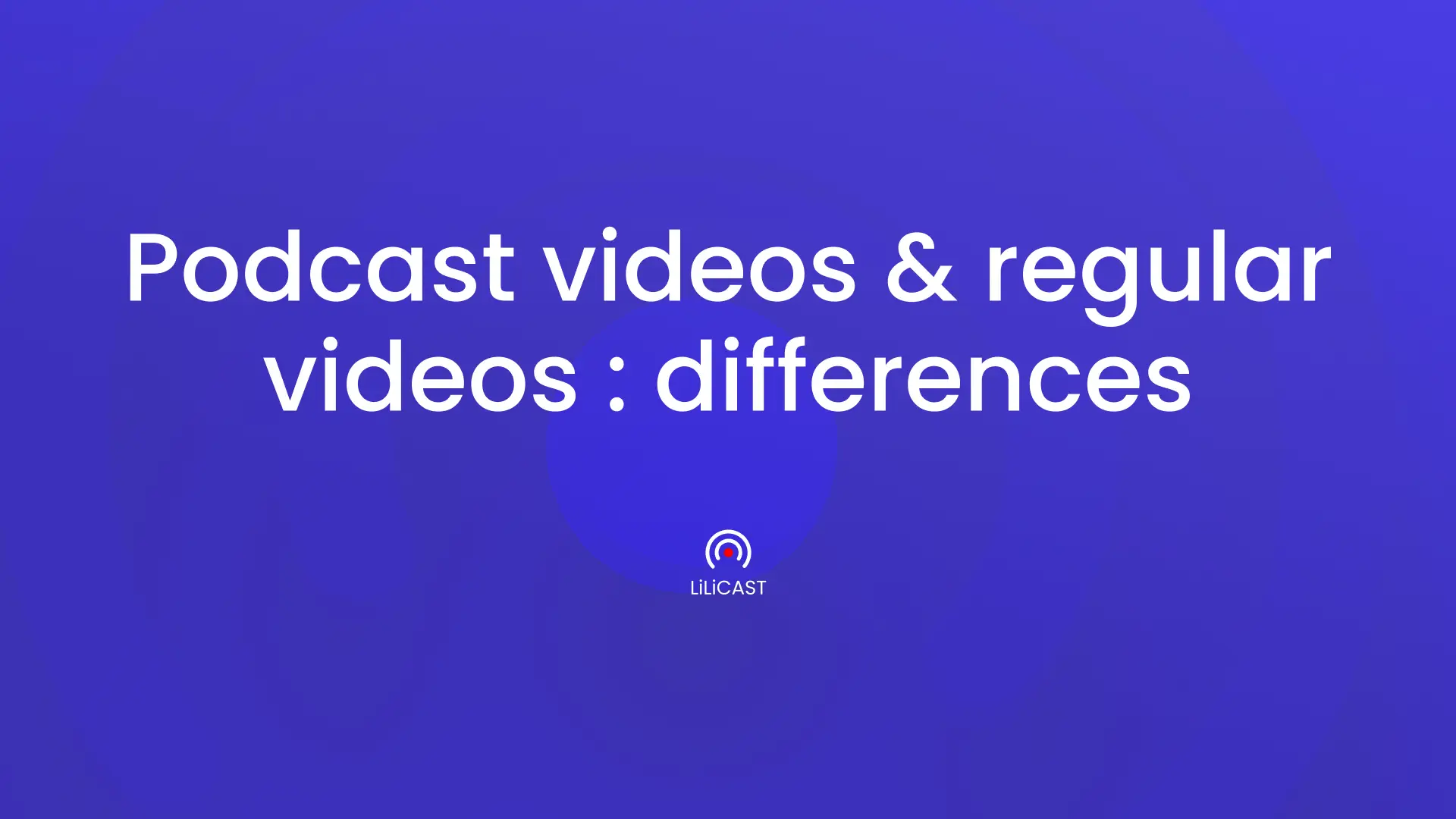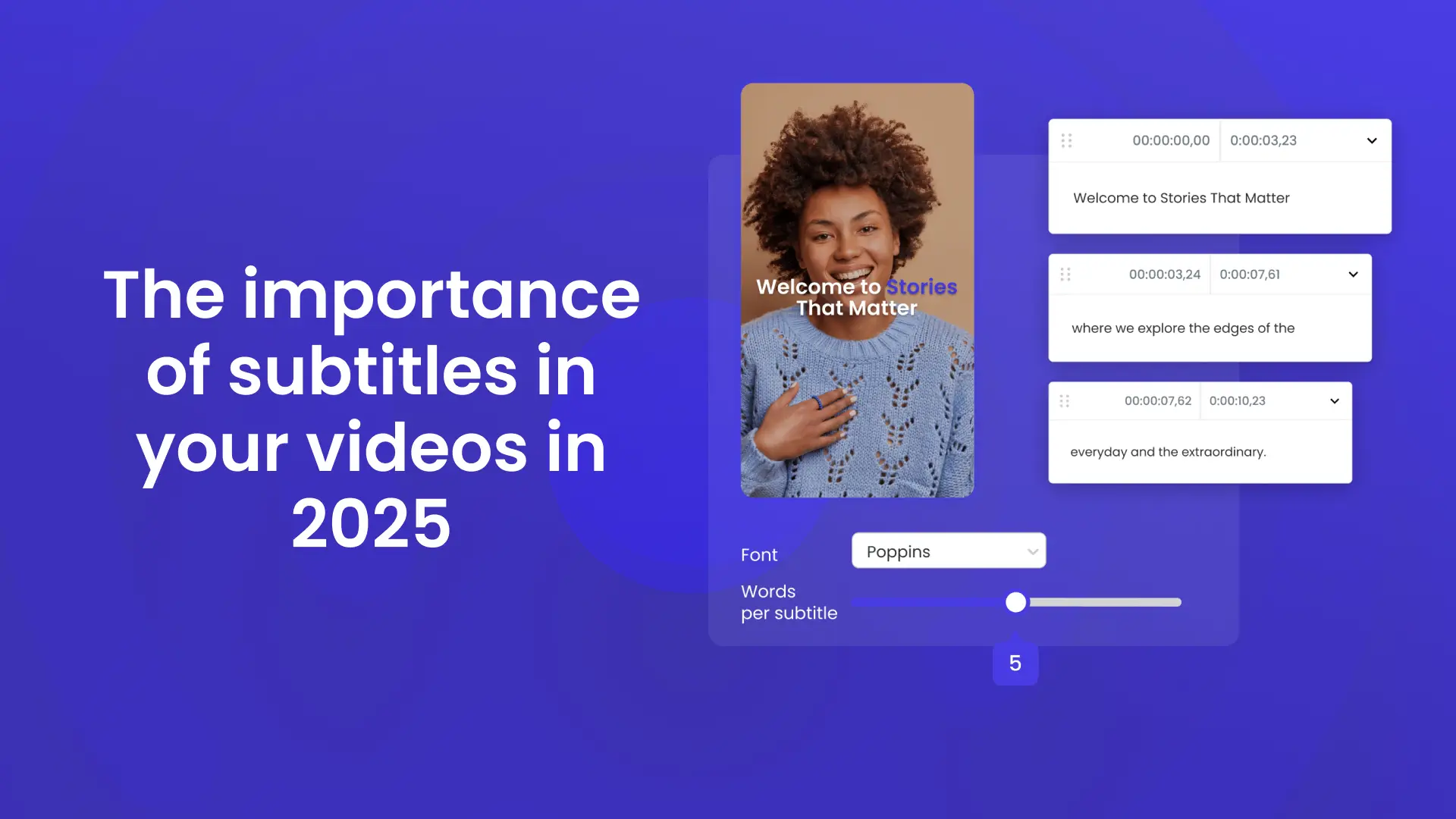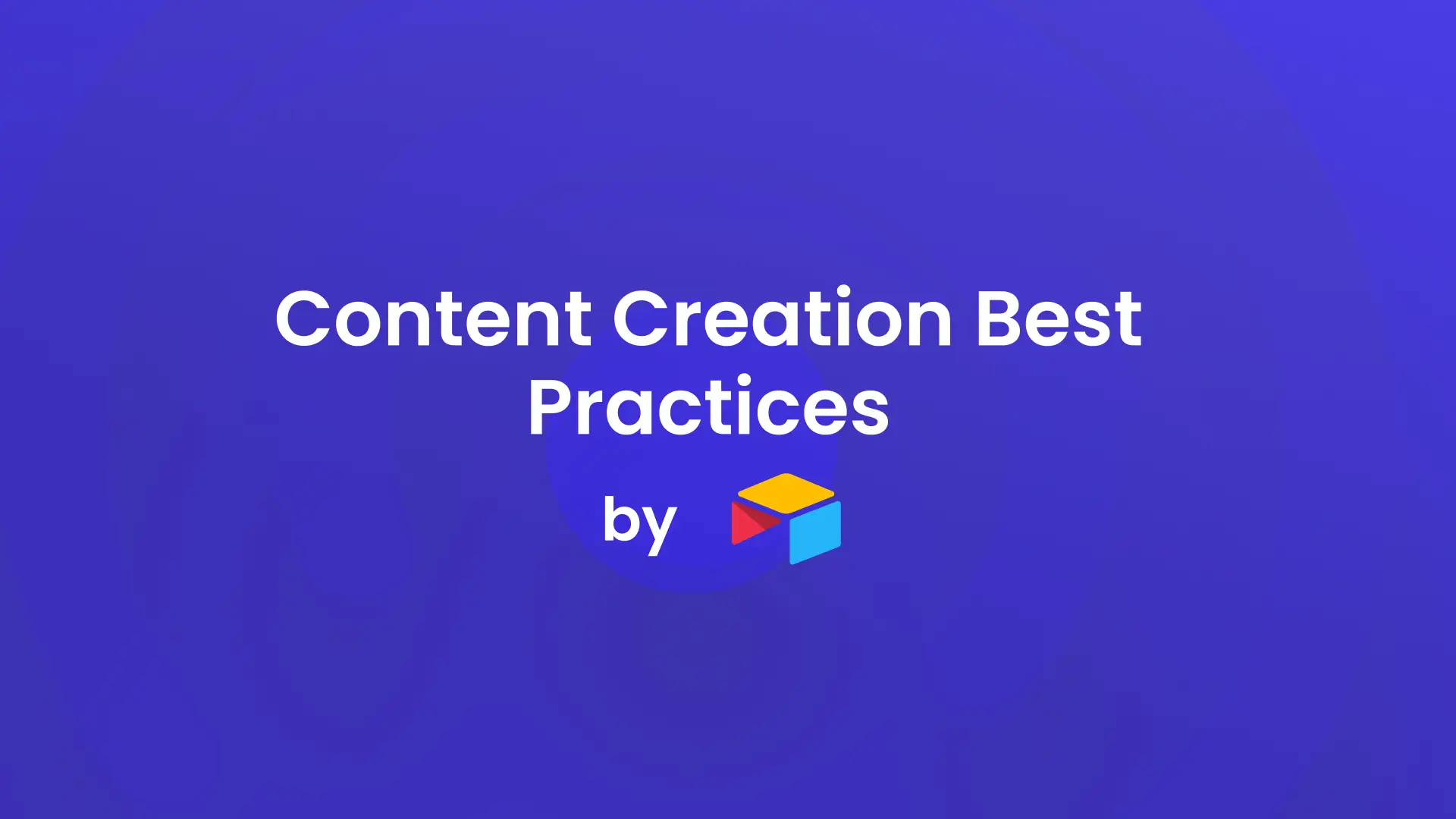If you are reading this article, it’s because you are concerned with content creation and your audience development.
In this article we will share with you our impressions in three points:
1 – Production ease
2 – Visual hook for listeners
3 – Cross-platform compatibility
1 – Production ease
The production of a video in front of your camera is time-consuming: you spend a lot of your time taking care of the filming setting: for instance the lighting, scenery, your look, and the editing (the shots, the editing, the miniature, etc.)
The cost of realizing a video must also be taken into account. Indeed, the acquisition of the right material could considerably increase the budget of the production. To make your video you will need a microphone, a camera, the lights, the computer, and the necessary software for video editing.
From that perspective, an animated podcast requires less time and less money than producing a video. To create your animated podcast, all you need is a computer or a smartphone and a microphone, in the best case. Nothing’s easier! With LiLiCAST, you will not need to worry about editing software since everything is accessible from the same application. LiLiCAST allows you to prepare your audio with the text editor, record and modify your audio, add a visual (photos, videos, gifs, text, etc.), host, and broadcast your podcast.
2 – Visual hook for listeners
Careful! Opting for a video format will not have the same impact on everyone. A “face cam” video does not work as well for a complete stranger as for a person with a little notoriety. So, to make your voice heard, opt for the video podcast which will focus on your messages!
Whether it’s the video or the animated podcast, visuals are very important. Thanks to the addition of visuals such as photos, videos, gifs, or text, the podcast now also has its visual appeal. Video and animated podcasts are on an equal footing.
Visuals are essential since they help capture the attention of listeners. As opposed to a video, the animated podcast targets and supports important ideas. It is therefore what is best for the understanding of your listeners.
To illustrate these remarks, we did a test with a national radio. The principle of the study was simple. Over a period of 6 months, publications alternating the video format and video podcasts were posted on the radio’s social networks. The result speaks for itself! The best audiences were on the publications created from the LiLiCAST application, so animated podcasts.
If you’re still not convinced, maybe the adaptable format of the Video Podcast will change your mind.
3 – Cross-platform compatibility
Today, information and its consumption are divided. Internet users tend to use social networks, Youtube, and Spotify as sources of information. This is where the podcast makes sense! Unlike video, the format of a podcast is flexible. In fact, the production of a podcast can subsequently be adapted to a website as well as to YouTube, as well as to audio platforms but also to social networks. It is therefore a point that should not be overlooked since it will allow you to multiply your chances of covering the various means of communication and reaching a wider audience.
Keep in mind that podcasts can be read, watched, and listened to. So play with the different options available to you and conquer the web by modulating the format of your video podcasts!
Conclusion
To conclude, the video podcast is a great means of communication. Its production is cheaper and faster than a face cam video. The lack of visuals is no longer a negative point for the podcast.
Being able to embellish your podcast with text and visuals makes the video podcast more attractive and pleasant to follow for your audience. Finally, the format of the podcast is variable. You can do what you want with it and therefore make it adaptable to all media platforms.


